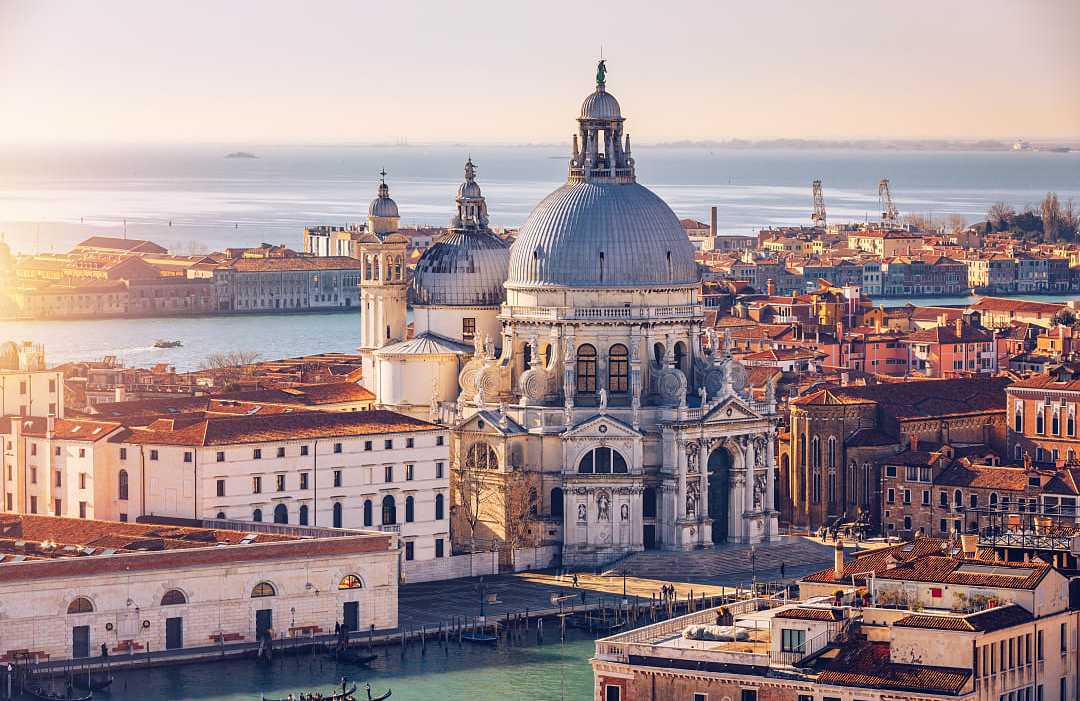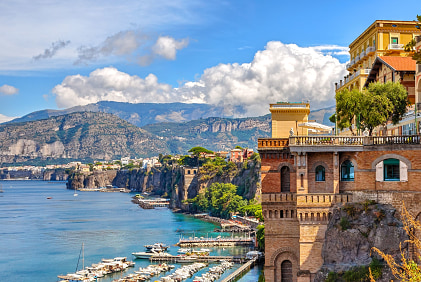The best time to visit Europe depends on where you would like to go, what you would like to do, and what travel expectations are most important to you.
Summer in the Mediterranean is incredibly popular and temperatures can be overwhelmingly hot, which makes the cooler parts of central and eastern Europe popular alternatives for summer travel. In contrast, winter in northern Europe can be frigid and travelers chasing a snowy Christmas may prefer to visit countries in the south for more manageable temperatures.
Considering the range of climates and conditions travelers can expect across Europe, we have compiled a list of the best times to visit specific countries or places, and you can explore the links below to find out more about the best time to travel to your favorite European destinations.
- High season - May, June, July, August
- Shoulder season - March, April, September, October
- Low season - November, December, January, February
- Learn more: Italy Tours & Vacations • Italy Travel Guide
- High season - July, August
- Shoulder season - March, April, May, June, September, October
- Low season - November, December, January, February
- Learn more: Greece Tours & Vacations • Greece Travel Guide
- High season - June, July, August
- Shoulder season - March, April, May, September, October, November
- Low season - December, January, February
- Learn more: Spain Tours & Vacations • Spain Travel Guide
- High season - June, July, August
- Shoulder season - April, May, September, October, November
- Low season - December, January, February, March
- Learn more: Portugal Tours & Vacations • Portugal Travel Guide
- High season - May, June, July
- Shoulder season - March, April, August, September, October
- Low season - November, December, January, February
- Learn more: France Tours & Vacations • France Travel Guide
- High season - June, July, August
- Shoulder season - May, September, October
- Low season - November, December, January, February, March, April
- Learn more: Croatia Tours & Vacations • Croatia Travel Guide
Best Time to Visit the Mediterranean
- High season - June, July, August
- Shoulder season - April, May, September, October, November
- Low season - December, January, February, March
- Learn more: Mediterranean Tours & Vacations • Mediterranean Travel Guide
- High season - July, August
- Shoulder season - May, June, September, October
- Low season - November, December, January, February, March, April
- Learn more: UK Tours & Vacations • UK Travel Guide
- High season - June, July, August
- Shoulder season - May, September, October
- Low season - November, December, January, February, March, April
- Learn more: Iceland Tours & Vacations • Iceland Travel Guide





















